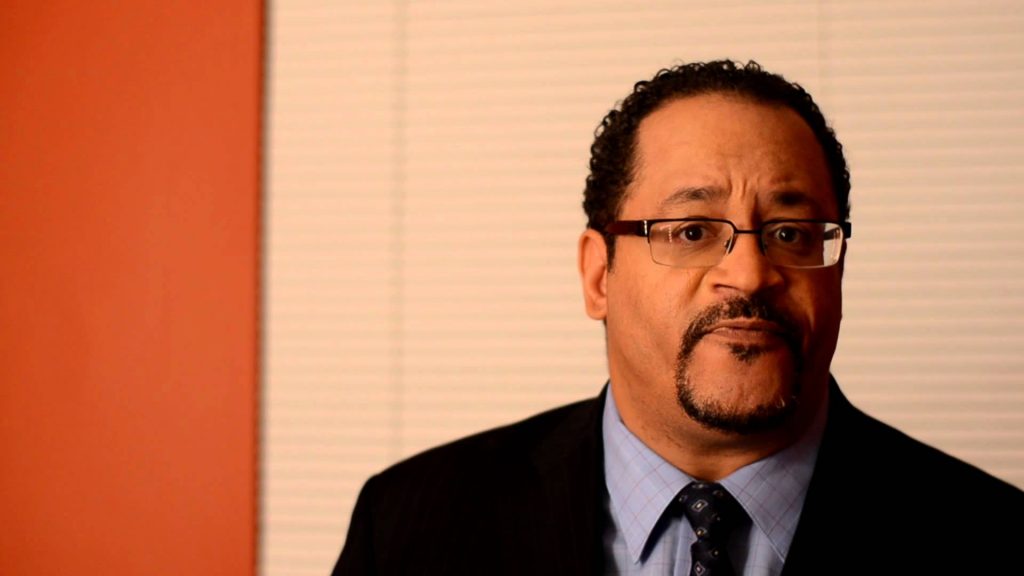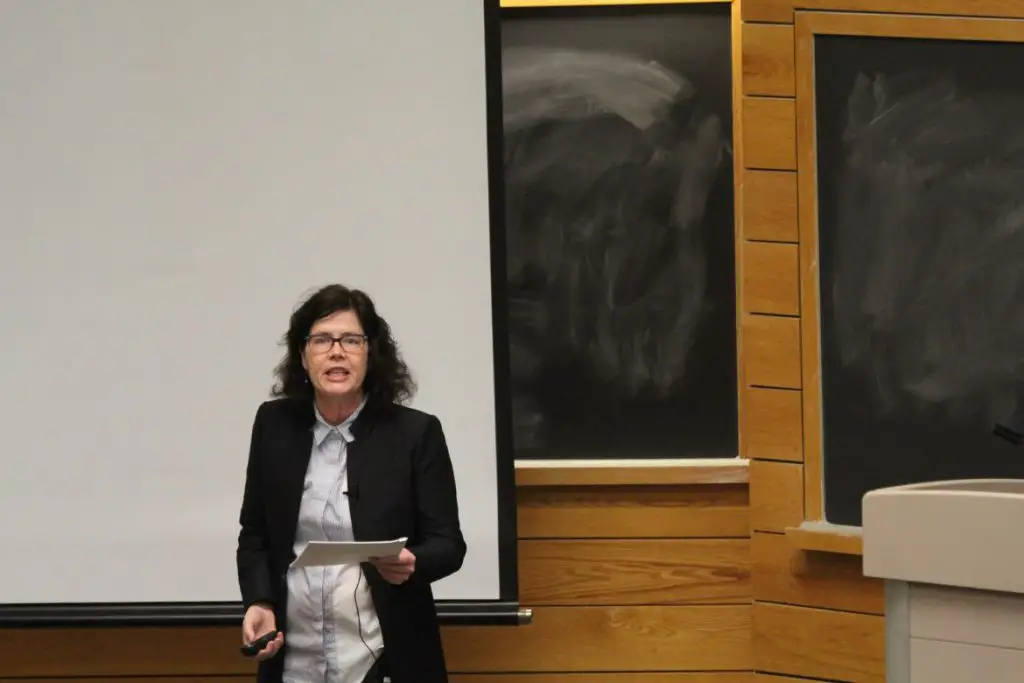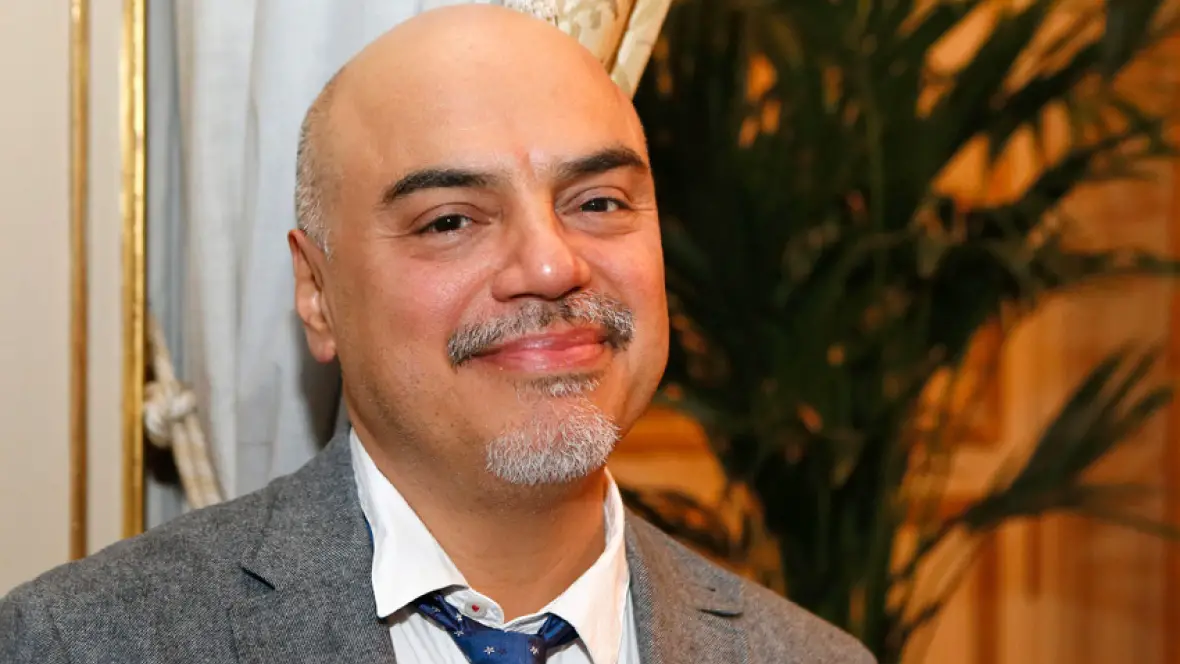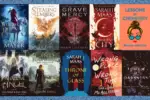Reading stories by people that are different from yourself is one of the most effective ways to flex your empathic muscles. Empathy breeds understanding, and understanding breeds harmony, as well as the push to act upon eradicating injustice and oppression of others. Taking time to allow a writer’s point of view to permeate your mind, especially authors that are a part of marginalized groups in America, will allow you to step outside of yourself and hopefully lead to constructing bridges in the gaps of America’s major racial groups.
Understanding race and the messy history behind it is an undeniably major task, but one that is desperately needed for a cohesive country. These four books are in no way representative of everyone’s experience, as America is a beautiful melting pot of so many different races and ethnicities, but it’s a good place to start trying to understand. Tackle them with an open mind and look to your own experiences as you read, and you may find that many of these struggles are indeed universal.
1. “Tears We Cannot Stop: A Sermon to White America” by Michael Eric Dyson
This book has all of the things I wish I could articulate to my white friends and family about the inherent racism and institutionalized prejudice against black people in our country. Dyson is a seasoned orator, however, and has spent years cultivating the most effective points to persuade those to recognize racism where it exists and to actually do something about it.
He directly addresses white Americans while bringing attention to the much needed action of white people to help end racism and, although this work has “sermon” in the title, it reads as more of a loving letter of appeal than a preachy condemnation of white America.

As a white woman that considers herself to be sensitive to issues of race reading this for the first time, I found myself having to check the privilege afforded to me within every chapter of the book. Dyson has a way of highlighting the nuances of racism in most people’s everyday lives while helping you see the connection to the more overt acts of racism that make headlines across the nation. Dyson published this book on the heels of the 2016 election, and though he could not have anticipated the events of Charlottesville and the fast rise of white nationalism, it seems as though he was prepared for it.
In a chapter addressing the Black Lives Matter movement, which many white nationalists and white people in general have trouble getting behind, he simply makes the argument that white activists should at least care about the movement and understand it’s intentions.
Instead of taking it as an offense to white identity, those that respond with statements like “White Lives Matter,” to the BLM movement should realize that black people are not simply saying they are the only ones that matter, but rather, that black lives matter, too. There are a lot of persuasive arguments like this, and points grounded in ethos, that the readers have to experience themselves through Dyson’s own personal, relatable and caring voice.
2. “White Trash: The 400-Year Untold History of Class in America” by Nancy Isenberg
While most students in traditional U.S. history classes have a good understanding of the contributions and histories surrounding the white elite, what many don’t learn about are the lower class whites and how they came to be. This gap in education of a large portion of the public and the continued practice of sweeping their political grievances under the rug was a “yuge” contributing factor in the 2016 presidential election, as Trump appealed to the conservative, white, working-class.

In this book, Isenberg explains how the white lower or working class evolved in America from its beginnings as a dumping ground for Britain’s criminals and impoverished, to squatting backwoods frontiersmen, to eventually evolving into members of the poor working class of today. From colonial times, race and class were inextricably linked much as they are today, as slave-owning elites used racism and white superiority as a tool to turn the poor, non-land-owning white man’s position into a slightly more elevated one compared to black slaves.
The economic forces that made making a life more difficult for the lower-class white person may have changed over time, but the political clout of this group of people has remained negligible, as they have faced policies directly inhibiting their social mobility and means to change their station in life through traditional American politics.
This may have led to the disillusionment of the white poor that voted for Donald Trump; they were looking for someone that would change the status quo in Washington and address the issues of the white working poor that many felt had been ignored for decades. Every region has its own history of how it treats its poor white people—from the Rust Belt, Bible Belt, Deep South, Western Frontier and everything in between—and it’s important to recognize the history of this now-influential group of people to understand their motivations in the future.
3. “Burqas, Baseball, and Apple Pie: Being Muslim in America” by Ranya Tabari Idliby
To classify Islam, or Muslim people, as a race is indeed a misnomer, as Islam is a religion that knows no geographical, ideological, ethnic or racial boundaries. In modern America however, “Muslim” has become synonymous with Arabic language, culture and people. While this is a fundamentally damaging conflation of race and religion, it is something that many American Muslims deal with everyday, which is why this book is included on the list.
Author Ranya Idliby is forced to confront her identity by fielding statements made to her such as, “But you don’t look Muslim.” She answers these seemingly well-meaning, but ultimately ignorant, statements by pointing to the diversity of both ideology and ethnic backgrounds among the world’s 1.6 billion Muslims.

In a post-9/11 world, in which blanket statements about Muslims are used to vilify a group of people and drive a wedge of uncertainty and fear between Muslim and non-Muslim Americans, Idliby reminds the reader that Islam has more similarities with Judaism and Christianity, in both beliefs and historical origins, than they do differences.
In many ways this book is an airing-out of the fear that every American mother has for her children: that they won’t be accepted, well liked, successful or happy. As a Muslim mother, Idliby’s fears take on an edge that many Anglo Americans cannot relate to: persecution based upon religion, racist epithets against Middle-Eastern descendants and the constant alienation imposed on her children from those that would distance themselves from anything Islamic.
It’s a short and sweet read that will put you into the shoes of a fellow American that shares the same values as every one of her countrymen, but is constantly finding herself defending her patriotism due to her religion and the horrific acts of those Islamic radicals who desecrate what Islam truly stands for.
4. “Translation Nation: Defining a New American Identity in the Spanish-Speaking United States” by Hector Tobar
According to Pew Research Center, Latinos with roots stretching south of the border and onward compose over 17 percent of America’s people as of 2014 and are the fastest growing racial group in the nation.
Because of the boom of economic growth in the latter half of the twentieth century, the bracero program and the fleeing of Latin American nations hostile to their people, America has become a land of opportunity and a safe haven for many Latino families to rebuild themselves. Hector Tobar writes about his own experience growing up in east Los Angeles as a first generation Guatemalan immigrant and the culture that surrounds Latino Americans as Spanish-speakers in a predominantly white, English speaking society.
In “Translation Nation” Tobar explains how communities of Latin Americans, though vastly different in culture and regional dialect when comparing their homelands, have bonded through shared experiences of being a patchwork of people that make up the broad umbrella term of Latinos. There is a culture that is uniquely Latino American that evolves and changes as the Latinos that come to America and establish themselves also evolve.
It transcends state boundaries and connects Latinos across the nation in what is intrinsically a part of their cultures, allowing them to assimilate into American society while maintaining their roots, mother tongue and way of life. Understanding this group of people and how they connect with each other is vital to combat the rhetoric of “bad hombres,” “rapists” and “drug addicts” that many would have you believe are the moral core of Latinos.

















